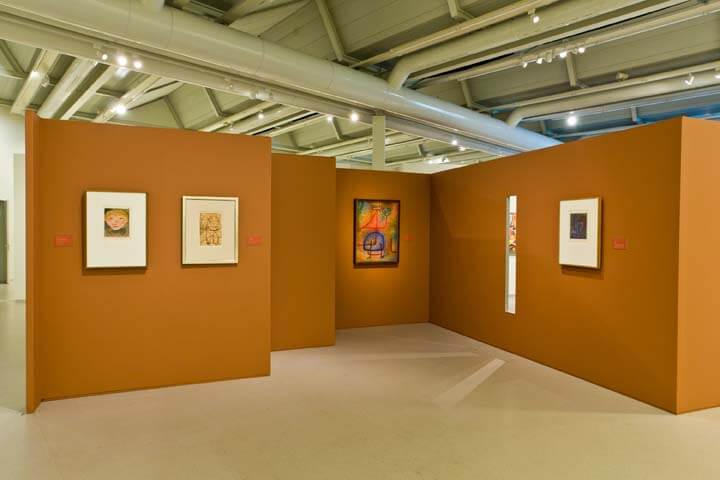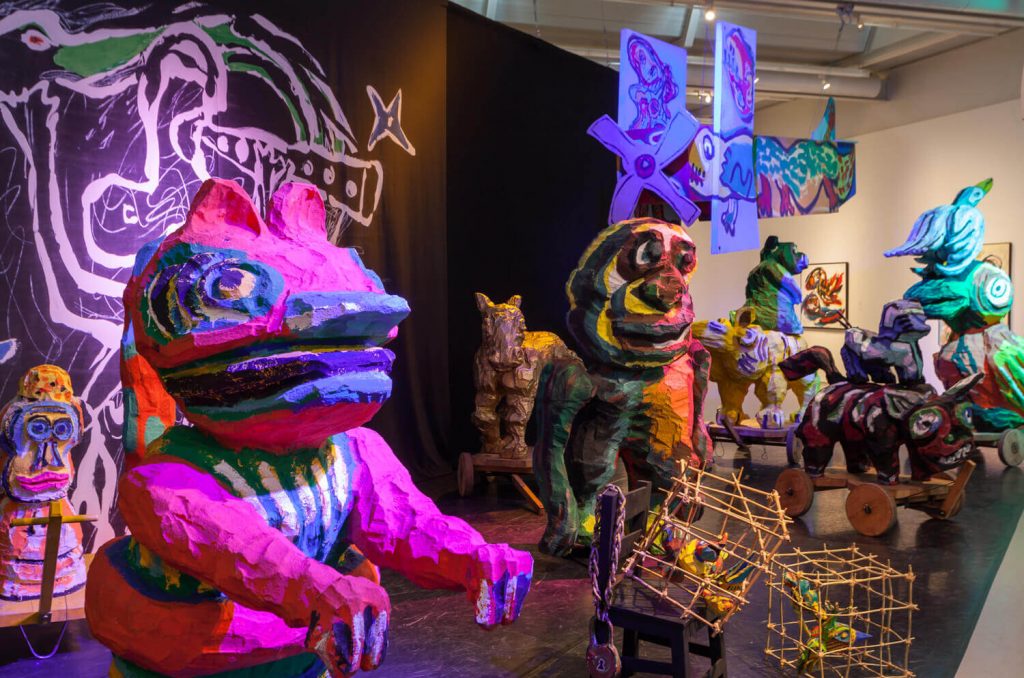
Karel Appel: The Opera
dinsdag 16 feb 2016 t/m zondag 15 mei 2016

Collection d’Art
zondag 18 jan 2015 t/m zondag 19 apr 2015

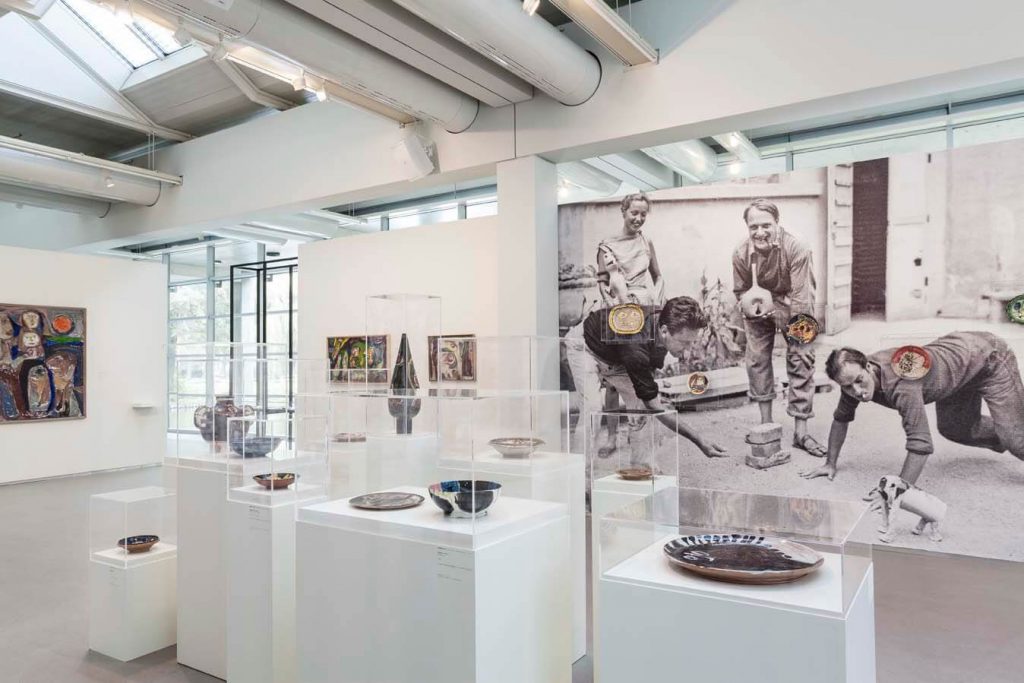
Michael Tedja: Snake
vrijdag 1 feb 2013 t/m zondag 26 mei 2013
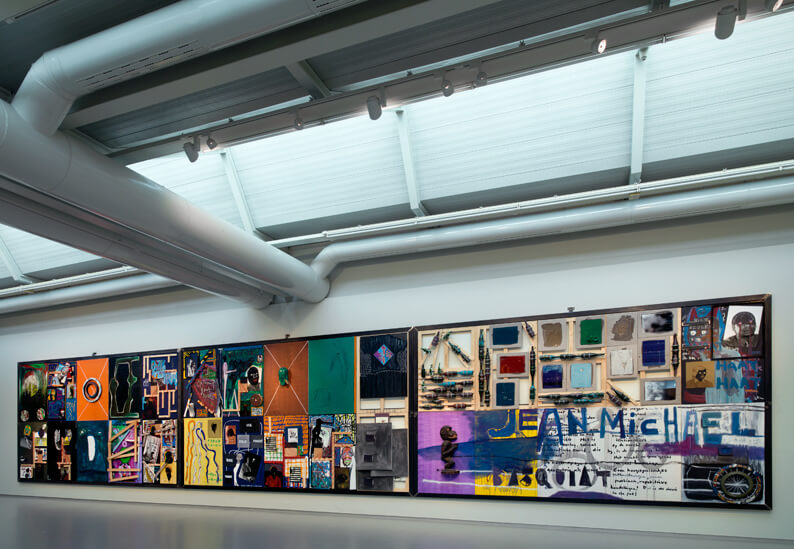
Armando vs Armando
zondag 10 mrt 2013 t/m zondag 2 jun 2013
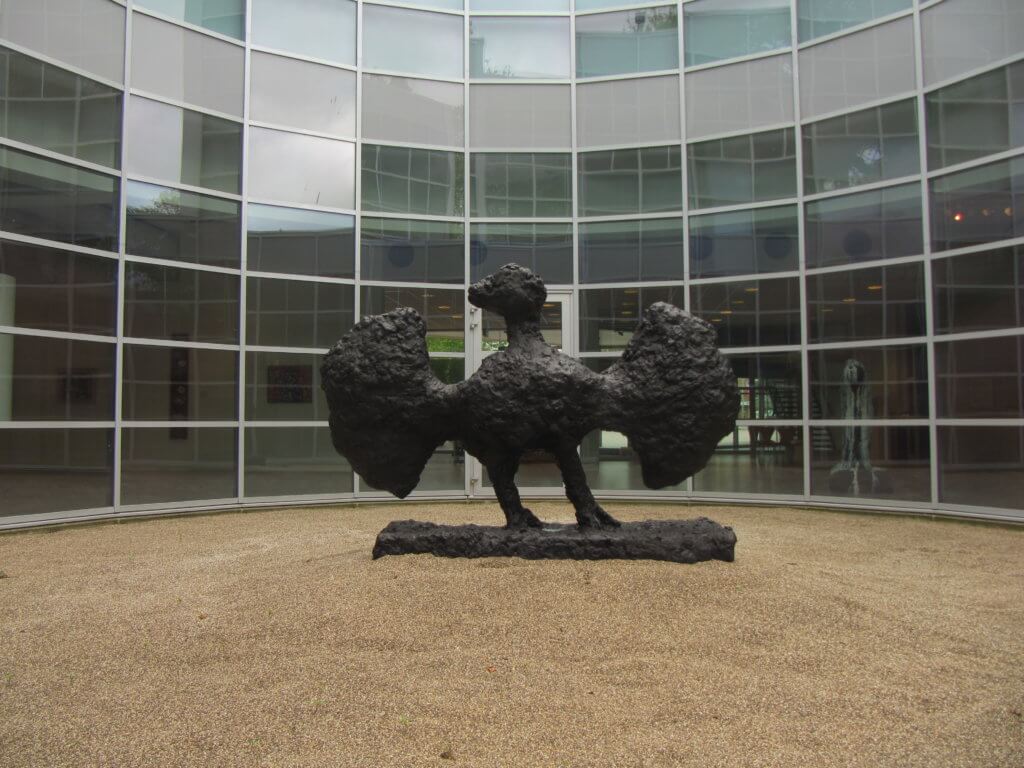
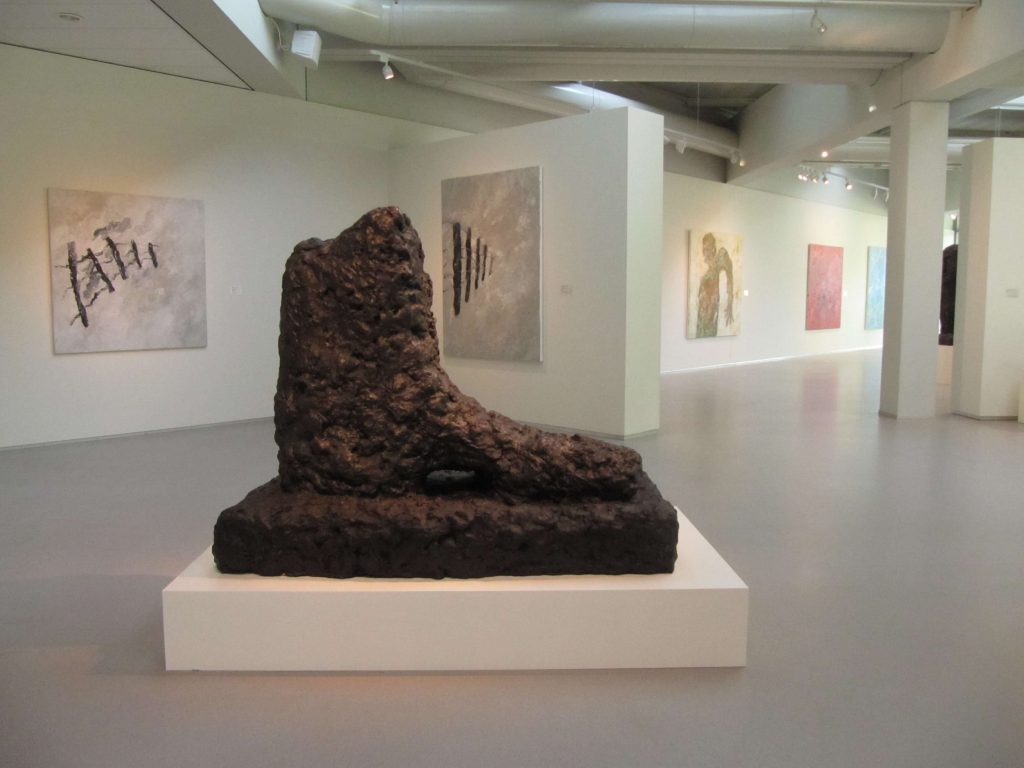
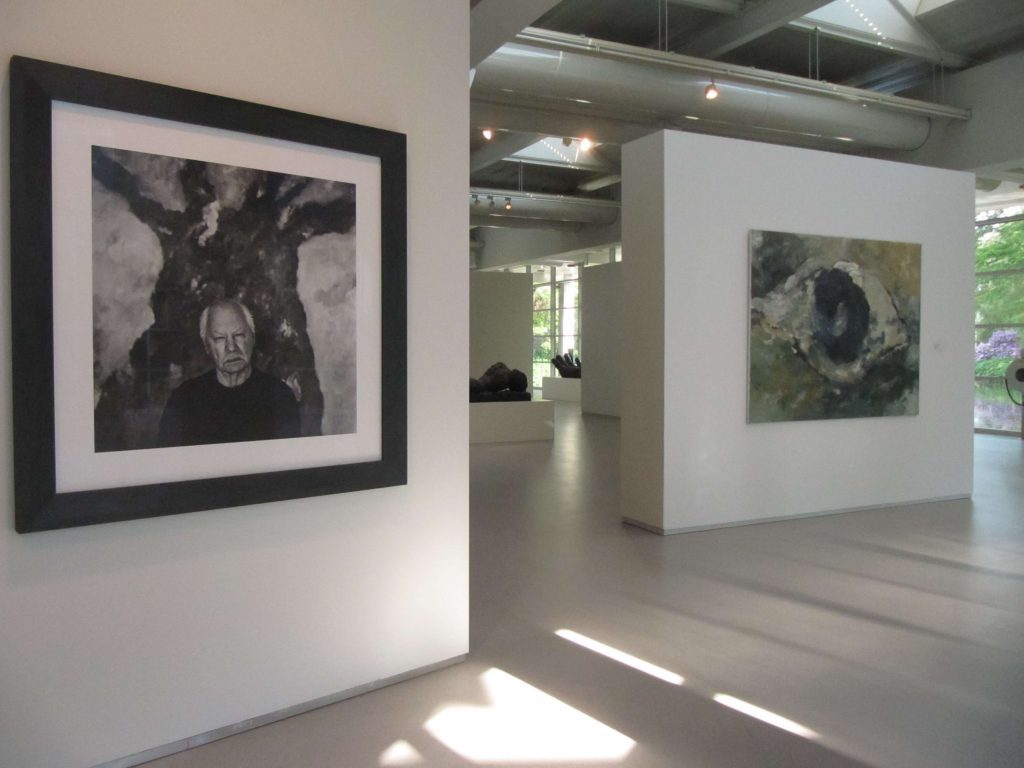

Klee + Cobra A child’s Play
donderdag 26 jan 2012 t/m zondag 22 apr 2012

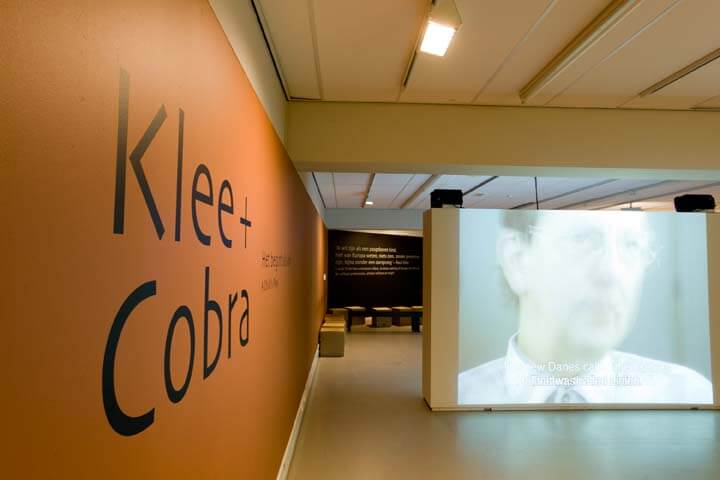
100 years Asger Jorn
zondag 28 sep 2014 t/m zondag 18 jan 2015
100 years Asger Jorn: Traces, The Secret of Art, A Way of Making
by Fredrique Bergholtz & Maria Pask


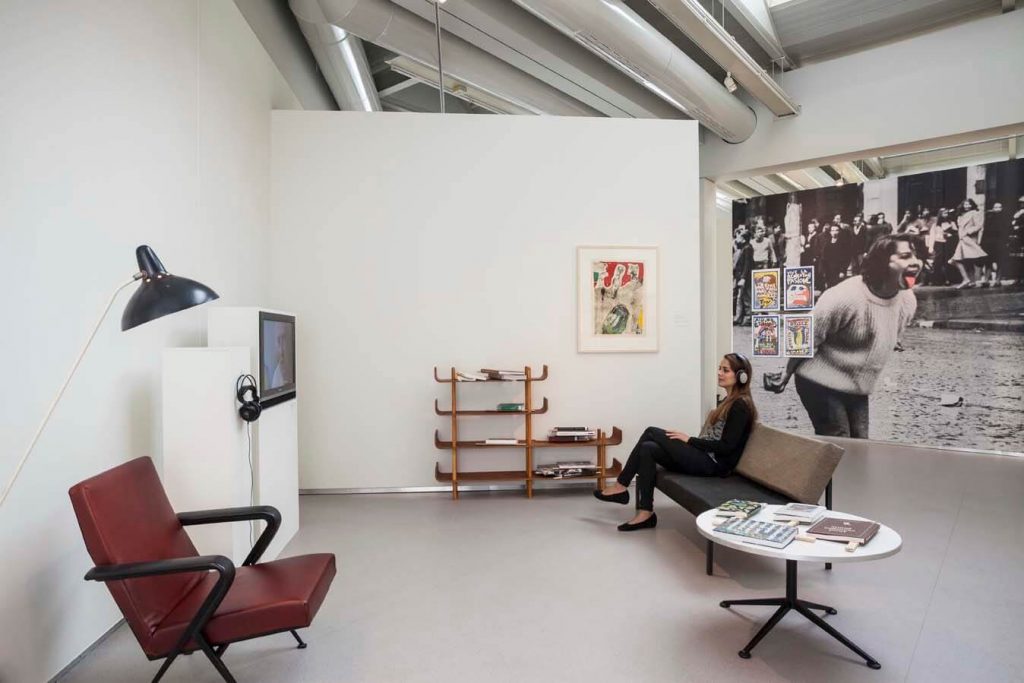
From the Guggenheim to the Cobra Museum
zaterdag 5 apr 2014 t/m zondag 31 aug 2014
From the Guggenheim Collection to the Cobra Museum of Modern Art, celebrates a vital phase in the history of the Guggenheim Museum.
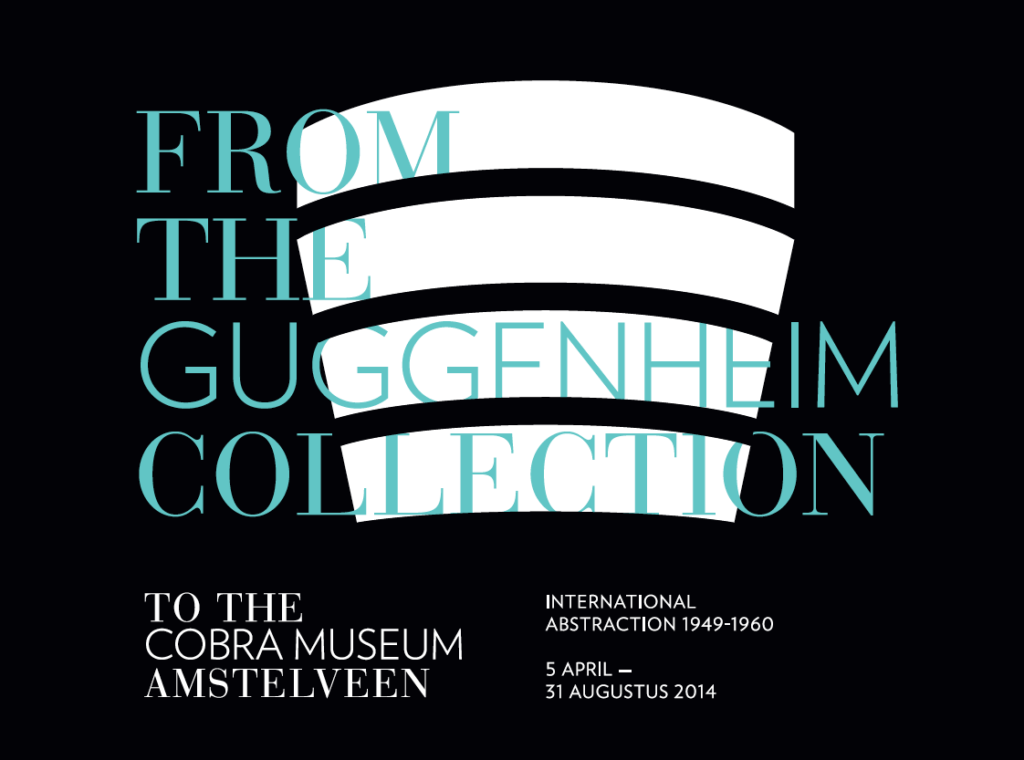
From the Guggenheim Collection to the Cobra Museum of Modern Art celebrates a vital stage in the history of the Guggenheim Museum, a decade in which post-war modern art and society radically changed. The Cobra Museum presents art that was purchased with foresight in the 50s by Johnson Sweeney for the Guggenheim Museum. Sweeney spoke of ‘tastebreakers’: artists that ‘break open and shift our artistic boundaries’. Some of these works of art were shown in 1959 during the legendary opening exhibition in the iconic building by Frank Lloyd Wright.

The Cobra Museum of Modern Art will exhibit 51 paintings and sculptures from the collection of the Solomon R. Guggenheim Museum in New York, in which a selection from the core collection of mid-century art from the famous museum can be seen in the Netherlands for the first time. Apart from American greats such as Jackson Pollock, Mark Rothko, Willem de Kooning and Sam Francis, there are also works by lesser-known international pioneers like William Baziotes, José Guerrero, Conrad Marca-Relli, Georges Mathieu, Kenzo Okada, and artists who participated in Cobra: Pierre Alechinsky, Karel Appel and Asger Jorn.
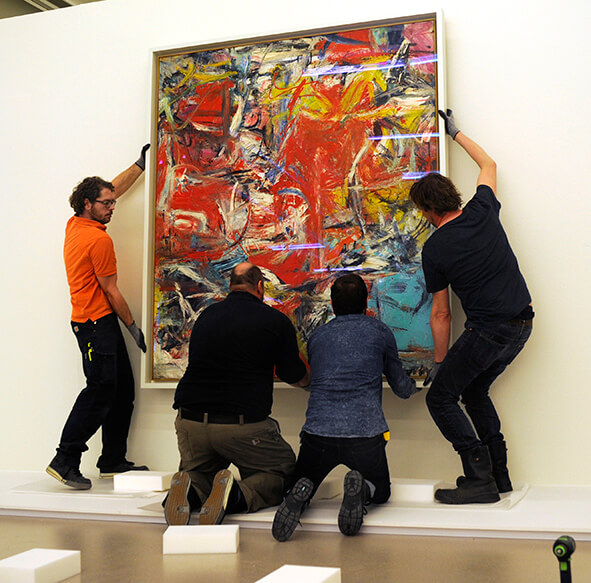
From the Guggenheim Collection to the Cobra Museum in the media:
“Spectacular exhibition. […] The need to paint ‘freely’ still splatter from the canvases.”
Trouw *****
“You couldn’t often see your Pollock, Alechinsky or Reinhardt this good before. Well-chosen. Hung splendidly.”
Volkskrant *****
Het Parool ****
‘Guggenheim naar Amstelveen’ (Guggenheim to Amstelveen), interview with American curator Tracey Bashkoff, in NRC (Dutch).
Kamabade’s show
maandag 3 feb 2014 t/m vrijdag 14 feb 2014
Kamabade’s ‘The big we have everything to lose’ show
Kamabade, consisting of Artists David Bade and Kamagurka, spend two weeks in and outside of the het Cobra Museum to work on their Monument of loss. With a mobile ‘loss’ unit and an old ambulance, Kamabade drives through Amstelveen to a landfill, a nursing home, the Town Center Plaza and community homes to collect the stories, objects and the ‘loss’ from the inhabitants of Amstelveen. With this they build their monument in the museum. During construction, visitors are welcome to watch and share.
Ambulancier is a great profession!

Arnulf Rainer: Ubermaler
vrijdag 3 apr 2015 t/m zondag 27 sep 2015
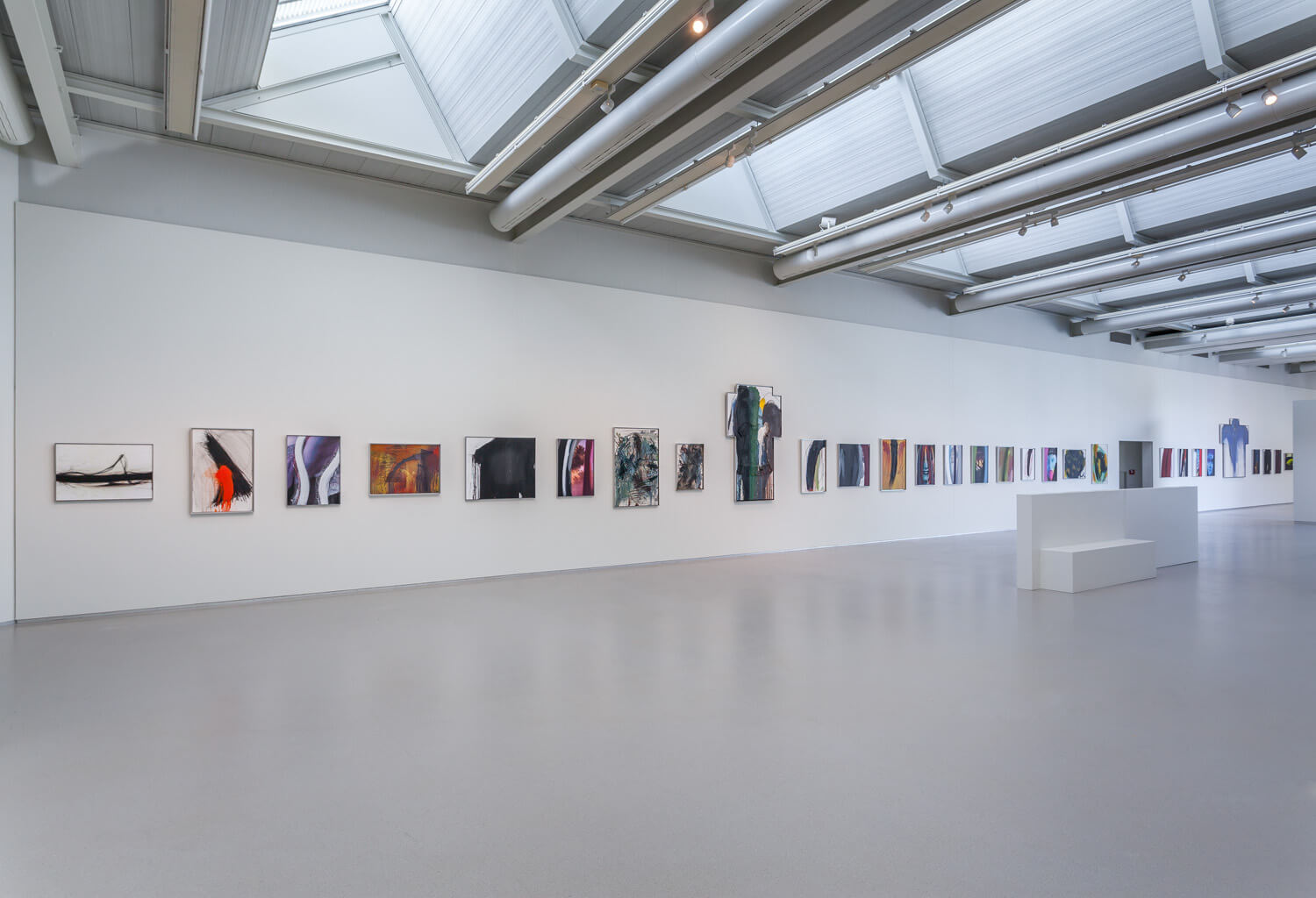
Brutal Vitality: CoBrA in the hands of Bank & Rau
zaterdag 1 mrt 2014 t/m zondag 26 nov 2017
Brutal Vitality, a new museal installation in 5 stories in which Bank & Rau convey the story of CoBrA to visitors in an entirely unique way.

The Danish artists duo Bank & Rau (Lone Bak and Tanja Rau) from Copenhagen has been invited by the Cobra Museum to create a contemporary collection presentation coming from their unique vision. The collection of the museum, the associated stories and the history of the CoBrA movement with its archival pieces are the building blocks with which Bank & Rau worked. They extended it with their own artworks, inspired by the collection. This forms Brutal Vitality, a new museal installation in 5 stories in which they convey the story of CoBrA to visitors in an entirely unique way.

Comprehensive in the practice of artist Bank & Rau are handcrafted and folk elements. By shifting aside the tradition, and everything that we take for granted in a museum, Bank & Rau is attempting to reshape the traditional museum presentation.

The exhibition Brutal Vitality by Bank & Rau was created under the Open Collections Program. The Open Collection program of the Cobra Museum is a practical research in which contemporary makers were invited to open the collection of the museum to provide a new impulse. Within this program there have been collaborations with Maria Pask / Frederique Bergholtz and the Gerrit Rietveld Academy. De Open Collection program has been made possible thanks to the Mondriaan Fonds. The Danish Arts Council, SVFK (Danish Art Workshop) and SKF (Danish Art Foundation) support the presentation of Bank & Rau.








